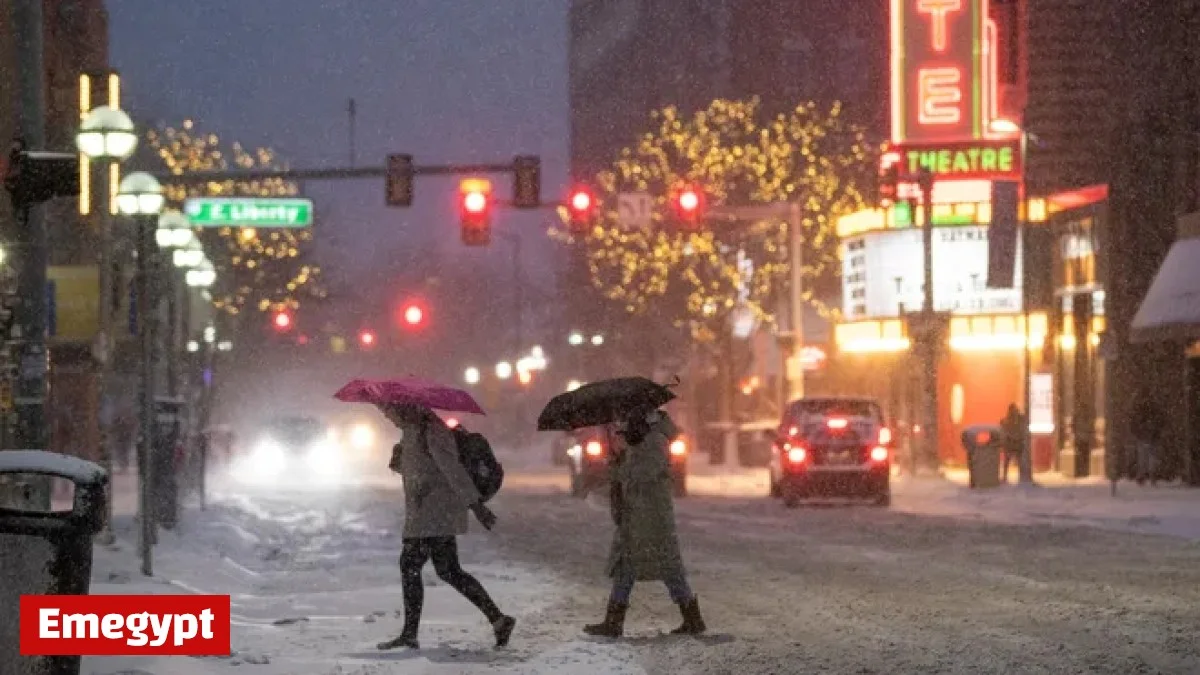
Key Observations from Research on Detroit Weather
Here are some of the most significant findings:
| Observation | Detail / Metric | What It Suggests |
|---|---|---|
| Personal Environmental Temperature Monitoring | Study of 51 nonsmoking residents in the Detroit area, over up to 5 consecutive days | Shows how daily temperature exposure fluctuates indoors and outdoors, emphasizing sensitivity to even small shifts |
| Nighttime & Early Morning Exposure | The same study highlighted higher temperature exposures during night/early morning hours | Indicates that Detroit’s overnight thermal environment may carry health risks or stress for certain populations |
| Population Focus | Nonsmokers in an urban region | Suggests these findings are particularly relevant in cities like Detroit, where urban heat islands and building dynamics matter |
Even though the dataset is fairly small and specific, it illustrates that Detroit weather is not simply a backdrop — it’s an interacting variable in public health.
Why These Patterns Matter
Understanding Detroit weather in these contexts has several implications:
-
Health and stress: Elevated nighttime temperature exposures can worsen sleep quality or exacerbate conditions like hypertension or respiratory stress, especially for vulnerable groups.
-
Building design and insulation: If indoor and nighttime exposures are high, homes may require better insulation, ventilation, or cooling strategies.
-
Urban planning: Cities might need to consider green infrastructure or heat mitigation to counter patterns of thermal retention overnight.
-
Daily routines and behavior: People sensitive to heat or temperature swings might adjust when they go outside, how they ventilate their homes, or how they time exercise or errands.
Broader Reflections on Detroit Weather
Even though the explicit data in this case is limited, I believe we can safely draw a few broader reflections:
-
Small studies point to bigger truths
A study monitoring 51 people over short spans might not capture all seasonal extremes, but it helps spotlight specific dynamics—especially in an urban climate context. -
Detroit as a microcosm
Many American cities face similar challenges: urban heat islands, aging housing stock, vulnerable populations. Lessons from Detroit can resonate beyond Michigan. -
Gaps in knowledge remain
We still need longterm, highresolution weather and exposure studies in Detroit — tracking seasons, humidity, airflows, precipitation, and how all these influence public health. -
Actionable potential
Whether for city planners, public health agencies, or citizens, embracing awareness of Detroit weather as an active variable can guide smarter choices — from building upgrades to cooling programs and outreach.
By reframing Detroit weather not as a passive backdrop but as a living factor in health and urban life, we open doors to more responsive design, policy, and daily practices.
